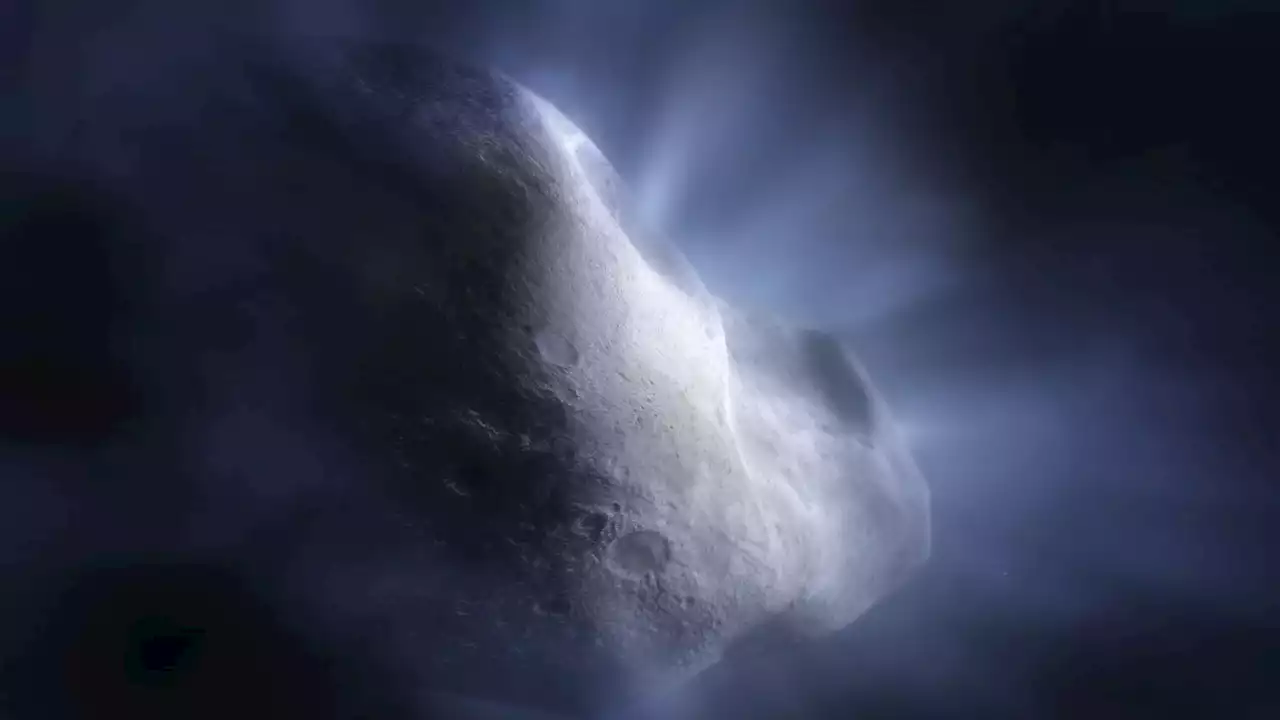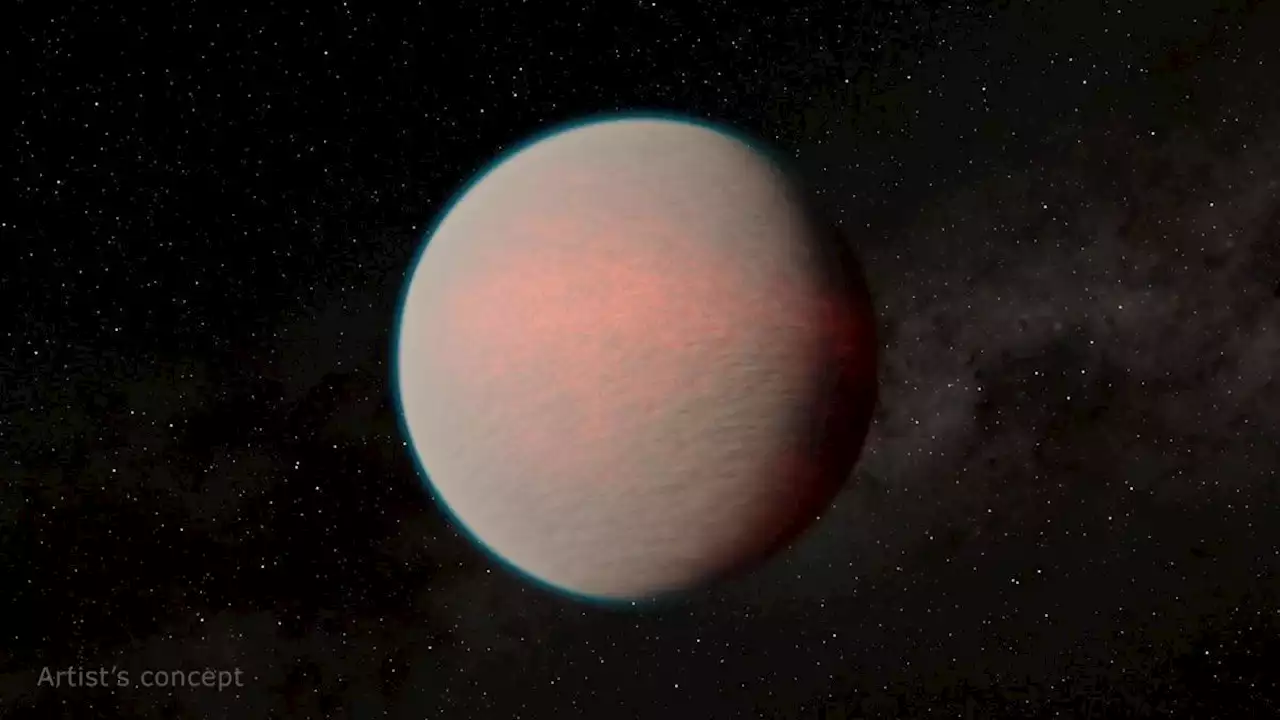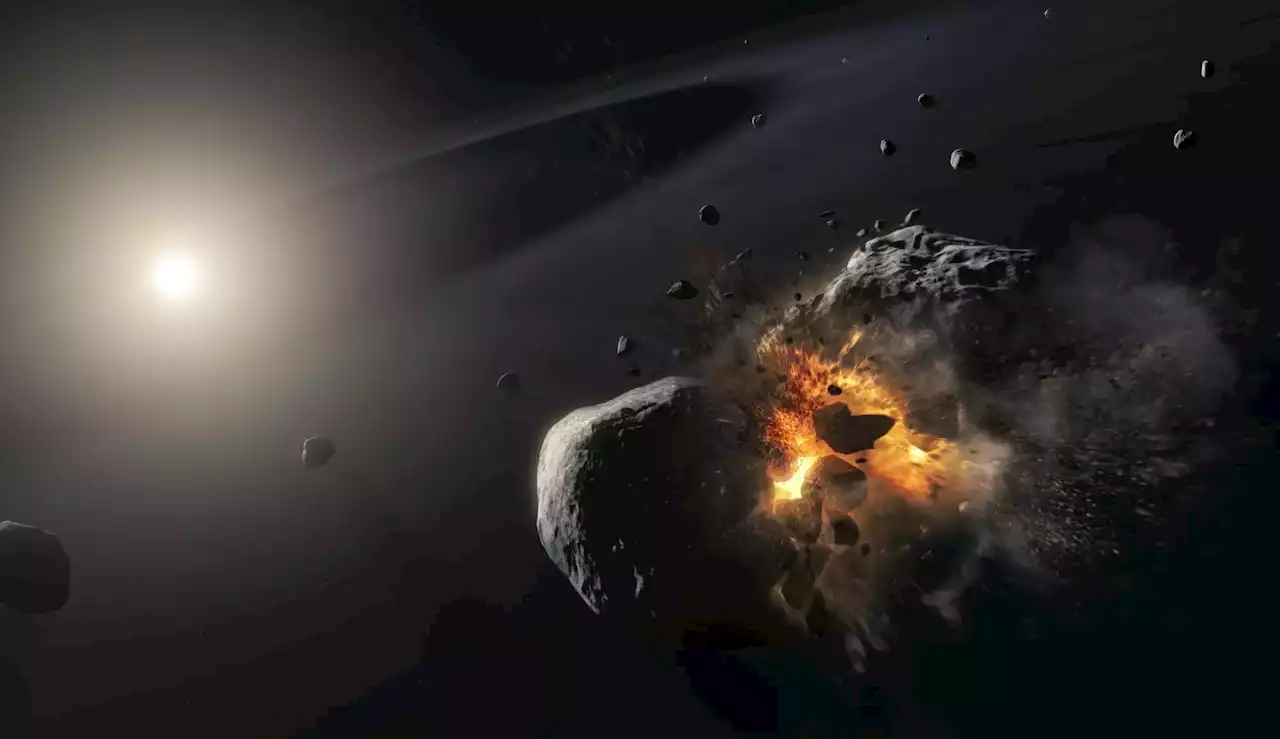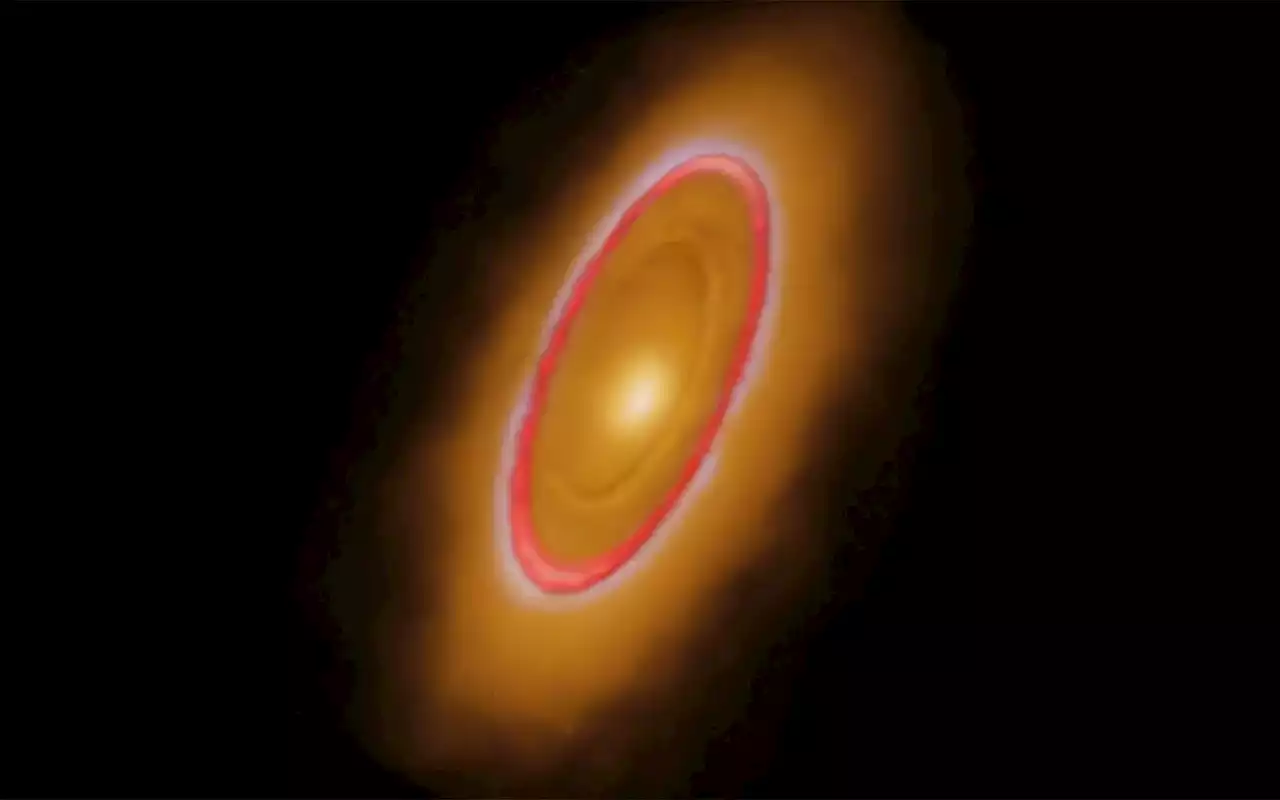A team of scientists have used the James Webb Space Telescope to locate water vapor around a main-belt comet for the first time.
Thisindicates that “water ice from the primordial solar system can be preserved in that region.” The new observations may help reveal where water on Earth came from, answering one of the biggest questions of all: how Earth became host to so much life.
“Our water-soaked world, teeming with life and unique in the universe as far as we know, is something of a mystery — we’re not sure how all this water got here. Understanding the history of water distribution in the solar system will help us to understand other planetary systems, and if they could be on their way to hosting an Earth-like planet,” says Stefanie Milam, Webb deputy project scientist for planetary science and co-author of the study reporting the new finding..
“This image of Comet 238P/Read was captured by the NIRCam instrument on NASA’s James Webb Space Telescope on September 8, 2022. It displays the hazy halo, called the coma, and tail that are characteristic of comets, as opposed to asteroids. The dusty coma and tail result from the vaporization of ices as the Sun warms the main body of the comet.” | Credits: NASA, ESA, CSA, M. Kelley . Image processing: H. Hsieh , A.
“Typically, carbon dioxide makes up about 10 percent of the volatile material in a comet that can be easily vaporized by the Sun’s heat. The science team presents two possible explanations for the lack of carbon dioxide. One possibility is that Comet Read had carbon dioxide when it formed but has lost that because of warm temperatures,” explains NASA.
Indonesia Berita Terbaru, Indonesia Berita utama
Similar News:Anda juga dapat membaca berita serupa dengan ini yang kami kumpulkan dari sumber berita lain.
 James Webb Space Telescope discovers water around a mysterious cometThe study of Comet 238P/Read, which lurks in the main asteroid belt, could help reveal the source of Earth's water, a vital ingredient for life on our planet.
James Webb Space Telescope discovers water around a mysterious cometThe study of Comet 238P/Read, which lurks in the main asteroid belt, could help reveal the source of Earth's water, a vital ingredient for life on our planet.
Baca lebih lajut »
 James Webb telescope discovers ancient 'water world' in nearby star systemBriley Lewis (she/her) is a freelance science writer and Ph.D. Candidate/NSF Fellow at the University of California, Los Angeles studying Astronomy & Astrophysics. Follow her on Twitter briles_34 or visit her website www.briley-lewis.com.
James Webb telescope discovers ancient 'water world' in nearby star systemBriley Lewis (she/her) is a freelance science writer and Ph.D. Candidate/NSF Fellow at the University of California, Los Angeles studying Astronomy & Astrophysics. Follow her on Twitter briles_34 or visit her website www.briley-lewis.com.
Baca lebih lajut »
 This Week @NASA: Webb’s Surprising Look at Fomalhaut’s Asteroid Belt, TROPICS CubeSats LaunchedA spacecraft changes parking spots at the space station … A surprising look at a star in another solar system … And small satellites that could be a big help tracking tropical storms … A few of the stories to tell you about – This Week at NASA! https://youtu.be/6tv0S_eBN2w Spacecraft
This Week @NASA: Webb’s Surprising Look at Fomalhaut’s Asteroid Belt, TROPICS CubeSats LaunchedA spacecraft changes parking spots at the space station … A surprising look at a star in another solar system … And small satellites that could be a big help tracking tropical storms … A few of the stories to tell you about – This Week at NASA! https://youtu.be/6tv0S_eBN2w Spacecraft
Baca lebih lajut »
 Giants waste Logan Webb’s strong start, lose 2-1 to ArizonaThe Giants lose three of four to Arizona, a team they hope to compete with for a playoff berth in the N.L. West.
Giants waste Logan Webb’s strong start, lose 2-1 to ArizonaThe Giants lose three of four to Arizona, a team they hope to compete with for a playoff berth in the N.L. West.
Baca lebih lajut »
 Logan Webb's Effort Wasted in Giants' Third Straight Loss to DiamondbacksLogan Webb pitched well, but it wasn’t enough as the Giants dropped their third straight game in a 2-1 loss to the Arizona Diamondbacks.
Logan Webb's Effort Wasted in Giants' Third Straight Loss to DiamondbacksLogan Webb pitched well, but it wasn’t enough as the Giants dropped their third straight game in a 2-1 loss to the Arizona Diamondbacks.
Baca lebih lajut »
 Webb Space Telescope Captures Nearby Planetary System in Breathtaking DetailA new Webb Space Telescope image of the bright, nearby star Fomalhaut reveals details never seen before, including nested rings of dust that hint at the forces of unseen planets. A team led by University of Arizona astronomers used NASA's James Webb Space Telescope to image the warm dust around a
Webb Space Telescope Captures Nearby Planetary System in Breathtaking DetailA new Webb Space Telescope image of the bright, nearby star Fomalhaut reveals details never seen before, including nested rings of dust that hint at the forces of unseen planets. A team led by University of Arizona astronomers used NASA's James Webb Space Telescope to image the warm dust around a
Baca lebih lajut »
